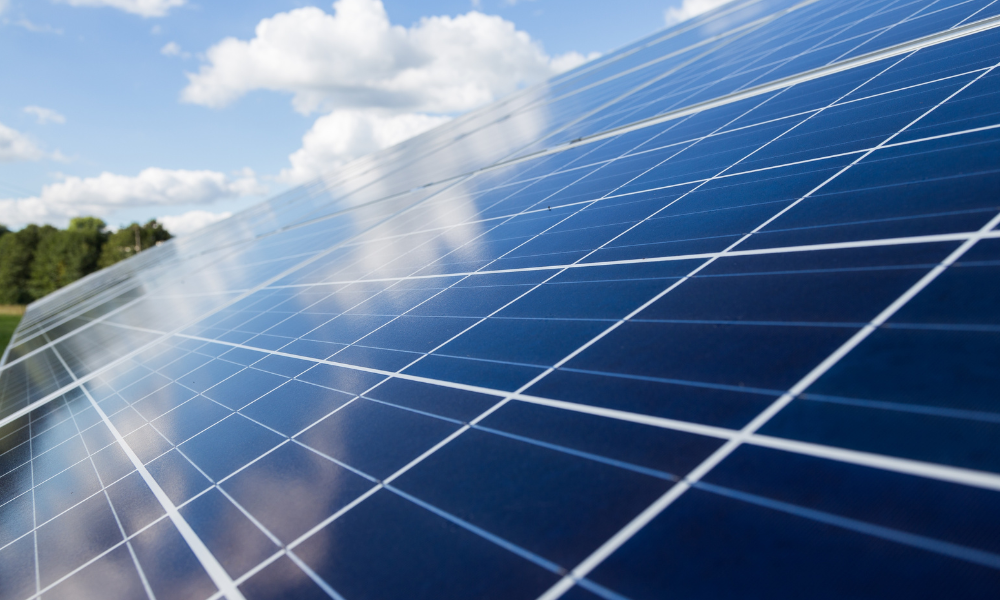The Short Answer
As more Americans choose to power their homes using the sun’s energy, solar power generating, using solar panels, is a popular alternative. If you’d like to jump on the solar train, you may be asking yourself “is my house good for solar power?”. There are 2 main methods used to determine your home’s suitability for solar panels, and these are Google’s initiative called Project Sunroof, and a manual assessment.
The manual assessment includes checking the roof’s suitability (in terms of the angle and orientation), determining how much sun your roof gets and if there are any objects creating shade, and researching your local climate to make sure that there is enough sun overall.
Skip To
Method 1: Use Project Sunroof
As per the California Energy Commission, optimal solar system performance requires uninterrupted exposure to the sun’s rays throughout a significant portion, if not the entirety, of the day. One of the latest technologies being used to determine whether your home gets enough sunlight to support solar energy is Google’s Project Sunroof. This is one of the easiest ways to determine your home’s suitability for solar energy use. How does it work?
Project Sunroof uses Google Earth imagery, 3D modeling and machine learning to assess the solar potential of your home’s roof. All you need to do is fill in your address on the app and click on your home on the map. Project Sunroof uses information on the roof orientation, shading from nearby objects like trees or buildings, and local weather patterns to estimate the solar energy potential of your home.
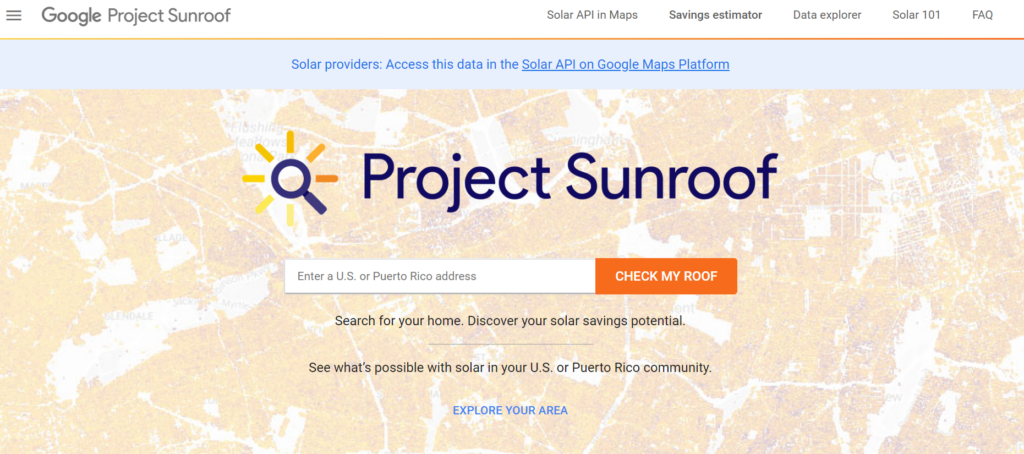
Method 2: Manually Assess If Your Roof Receives Enough Sunlight
If you’re wondering “is my house good for solar?” you can work out whether your home is a good candidate for solar energy by considering the following factors:
- Is your roof facing the right direction?
- Is your roof big enough?
- Does your home get enough sunlight?
- How much energy do you need?
You can manually assess your home for its solar energy capacity, if Project Sunroof is not available in your area, or if you need to double check any information. Here’s how to do it…
Step 1: Check Roof Suitability
Your first step is to check your roof suitability for solar panels. This means looking at the angle, orientation and condition of your roof. Generally, solar panels achieve peak performance on roofs that face south and have a slope ranging from 15 to 40 degrees. However, alternative roof orientations may also be viable for solar panel placement, so if your roof isn’t facing this direction at this exact angle, you still be able to get solar panels.
The condition of your roof is another factor impacting whether you can get solar panels installed. Roofs that haven’t been maintained or are old may need replacing soon, and installing solar panels won’t be feasible until this has been done. You’ll also need to do any smaller repairs and maintenance work before installing solar panels.
You’ll need to check that your roof is big enough for solar panels. Most solar panels require around 100-400 square feet per kilowatt of energy production. So, make sure to note your roof size, and the size of each panel.
Step 2: Consider The Shade
Roofs that have trees nearby are often not the best candidates for solar panels, as these create shade and don’t allow enough sunlight to hit the roof. The same goes for roofs that have other buildings or structures nearby that create shade and obstruct the sunlight.
Ideally, the roof should get as much sunlight as possible, specifically during peak sun hours. Check your roof during the day to see how much sunlight it gets, and if there is any shade being created, and take note of this.
Step 3: Research Your Local Climate
Look into your local climate and the number of days of sunlight that your area receives each year. While solar panels can still generate electricity on cloudy days, regions with more sunlight typically yield higher energy production. There are online tools that you can use to check this, such as the National Renewable Energy Laboratory (NREL).
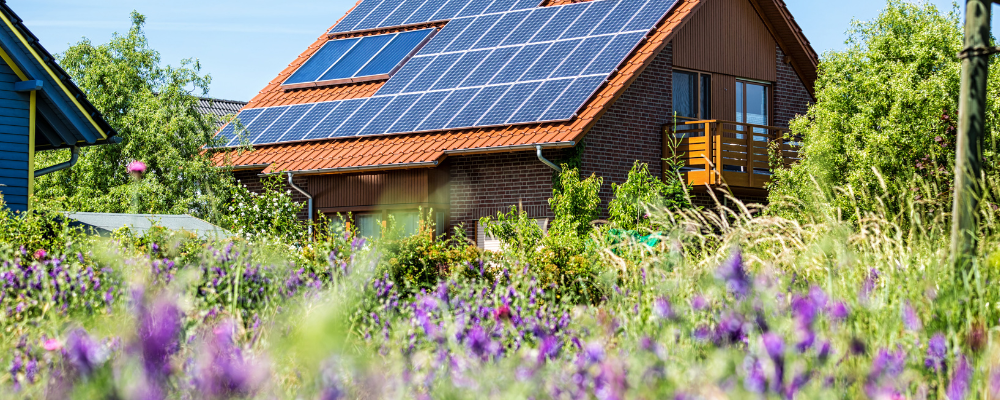
How Much Energy Does Your Solar System Need To Produce?
There is a simple formula that you can use to determine how much energy your solar system needs to produce, by week, month or year.
Power in Watts x Average hours of direct sunlight = Daily Watt-hours
For instance, if you have a 200W solar panel and it receives 6 hours of sunlight every day, then the daily Watt-hours can be calculated by multiplying 200W by 6.
200W x 6 hours = 1200Wh (Watt hours) or 1.2KwH (KiloWatt hours) of electricity
The average energy production from solar panels depends on:
- Size of the panels
- Location
- Efficiency of the panels
- Weather conditions
- Time of year
On average, a standard residential solar panel will generate between 250 and 400 Watts, which is between 1.5 and 2.4 KiloWatt hours.
What To Do If Your House Isn't Suitable For Solar Panels
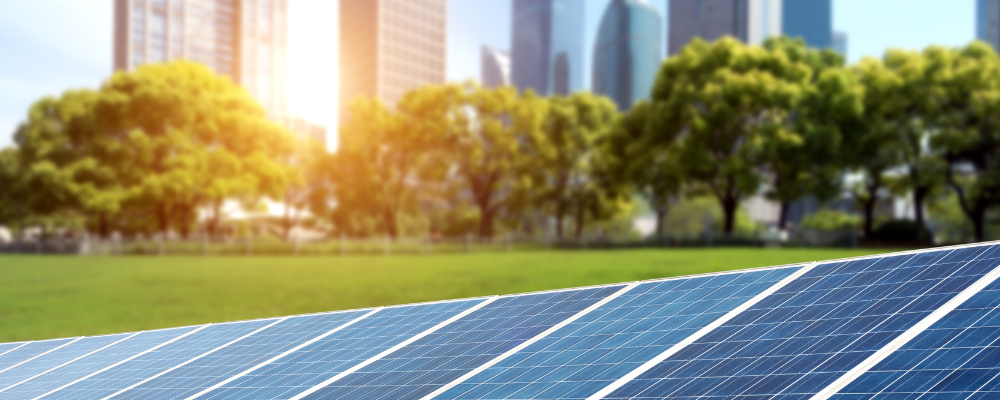
Not all houses are suitable for solar panels, so if your house doesn’t have enough roof space, or the roof isn’t the right orientation, or your roof has too much shade, you may not be able to get solar panels. However, you can still reduce your environmental impact and lower your energy bills by using solar in other ways, or using other methods altogether:
- Look into community solar options in your area. These are community solar projects where the panels are located in a sunny, offsite location and can be used by homes that are part of the project, within the area. This gives homeowners the opportunity to reap the benefits of a solar energy system, even when they can’t have panels on their house.
- Ground-mounted solar panels are an option for those who don’t have a roof that supports solar panels. These solar panels are mounted on the ground and offer the very same benefits, if not more solar energy than the roof panels, as they may be able to capture more sunlight.
- If your home doesn’t support solar in any way, there are other ways that you can tap into renewable energy at home. Invest in energy-efficient appliances, LED lighting, and smart thermostats to reduce your overall energy consumption. Improving insulation and sealing drafts can also enhance energy efficiency.
Additional Factors To Consider Before You Install Solar
Before you go ahead and install solar panels, it’s a good idea to consider all the factors that come into play, to make that your decision is the best one for you.
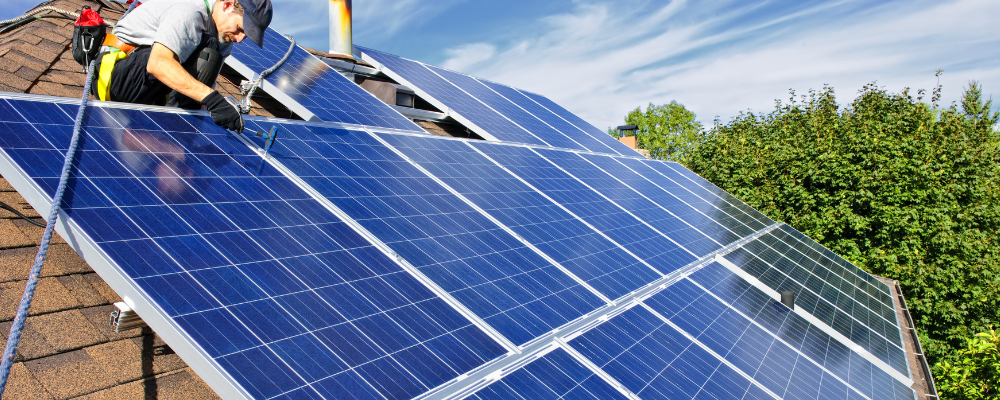
Local Climate and Solar Resource
Your local climate plays a huge role in determining whether a solar energy system is a viable resource for your home. Consider your local climate and the amount of sunlight your area gets each year, you can use various online tools to research this. Regions that have more sunlight are better suited to solar panels, as they can generate a higher volume of energy. For example, desert regions with high levels of sunlight and long daylight hours.
Solar panels operate more efficiently in cooler temperatures, and extreme heat can reduce their efficiency slightly. Understanding temperature patterns in your area will help you assess the overall performance of solar panels throughout the year.
Local Regulations and Permits
Before you install solar panels, you’ll need to make sure you know about the local regulations and permits that may be required, to ensure that you’re in compliance with building codes and zoning regulations. Your local building codes may stipulate requirements for structural integrity, electrical wiring, and fire safety measures. The Solar Energy Industries Association may be handy with regard to figuring out the federal and state regulatory policy requirements.
If your area has permit requirements for solar panels, these may involve submitting an application to the local building department and getting approval before continuing with the panel installation.
If your solar panels need to be connected to the electrical grid, you may need approval from your utility company and compliance with the standards that are associated with this. This is another consideration to factor into your decision, before you install solar panels.
You’ll also need to consider your HomeOwner’s Association (HOA) rules and whether you need to get the installation approved by the HOA. Some HOA’s have particular guidelines around solar panels, which require approval and other discussions.
Does It Make Sense Financially?
Working out whether a solar installation makes sense for you financially revolves around a number of factors. These include the upfront costs of the installation (which can be significant), the amount of energy that the panels will generate and how much you’ll save in utilities over time, your energy consumption and your current utility bills, and any incentives or rebates from the government that you may qualify for once you have installed these panels.
You can calculate the return on your investment by considering all of these factors and checking if the benefits of the solar panels outweigh the costs over time, before you begin your solar installation.
